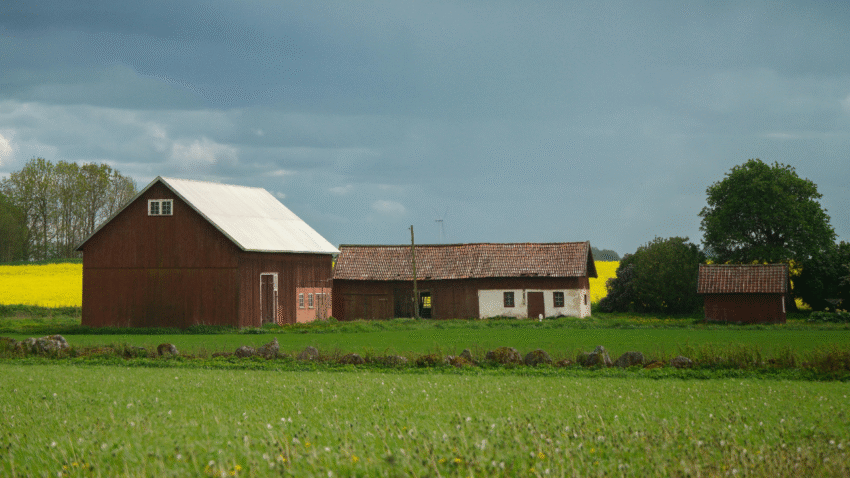Introduction
Before building a shed, it’s essential to check whether you need a permit. Many homeowners skip this step, only to face fines or be forced to remove their shed later. Learning how to plan permits for shed building ensures your project is legal, safe, and stress-free. This guide will walk you through everything you need to know about permits, inspections, and approvals before starting your shed construction.
Why Permits Matter for Your Shed
Building permits exist to make sure structures are safe, meet local building codes, and comply with zoning laws. They help prevent issues with property boundaries, utilities, and neighborhood rules. Even small sheds may require permits depending on size, location, or use. Planning permits properly saves time, money, and potential legal headaches while also protecting your property value.
Step-by-Step Guide to Planning Permits for Shed Building
1. Check Local Building Regulations
Start by visiting your city or council website to learn about shed building rules. Each area has different requirements based on shed size, height, and location.
2. Contact Your Local Permit Office
Speak to a building official to confirm what paperwork you’ll need. Ask about fees, timelines, and whether inspections will be required during or after construction.
3. Determine If a Permit Is Required
In many areas, small sheds under a certain size (e.g., 10–20 square metres) may not need a permit. However, larger sheds, or those with plumbing or electricity, almost always require approval.
4. Review Zoning and Property Line Rules
Check setback requirements, which dictate how far the shed must be from property lines, fences, and other buildings. Some councils also limit shed height and roof pitch.
5. Prepare a Site Plan
Create a simple drawing showing where the shed will be placed on your property. Include measurements, distances to property lines, and any nearby structures.
6. Gather Required Documents
Commonly required documents include the site plan, construction drawings, material list, and sometimes engineering details for larger sheds.
7. Submit Your Application
File your permit application online or at the local permit office. Pay any required fees and keep a copy of your submission for reference.
8. Wait for Approval
Permit approval can take anywhere from a few days to several weeks. Avoid starting construction until you have official approval in writing.
9. Schedule Inspections if Needed
Some areas require inspections at certain stages, such as foundation, framing, or final completion. Follow all instructions from the permit office.
10. Keep Records for Future Reference
Once approved, store your permit documents safely. You may need them when selling your home or if you decide to expand the shed later.
Common Mistakes to Avoid
- Mistake 1: Building without a permit.
Solution: Always confirm local rules before starting to avoid fines or removal orders. - Mistake 2: Assuming small sheds don’t need approval.
Solution: Check the exact size limits for permit-free sheds in your area. - Mistake 3: Ignoring property boundaries.
Solution: Follow setback rules to prevent disputes with neighbors or future issues when selling. - Mistake 4: Incomplete applications.
Solution: Provide all requested documents and drawings to avoid delays. - Mistake 5: Skipping final inspections.
Solution: Complete all required inspections to ensure your shed is fully approved.
Extra Shed Tips & Hacks
- If your shed will have electricity or plumbing, you may need extra permits for those installations.
- Ask your council about permit fee waivers for small, eco-friendly sheds.
- Hiring a professional builder can simplify the process because many builders handle permits for you.
Check out our guide on how to build a lean-to shed addition if you’re looking to expand your shed legally and properly.
Conclusion
Planning permits for shed building may seem like a hassle, but it ensures your project is safe, legal, and up to code. By checking regulations, preparing the right documents, and following the permit process carefully, you’ll avoid costly mistakes and protect your property value.
Bookmark this guide so you can start your shed project the right way!
